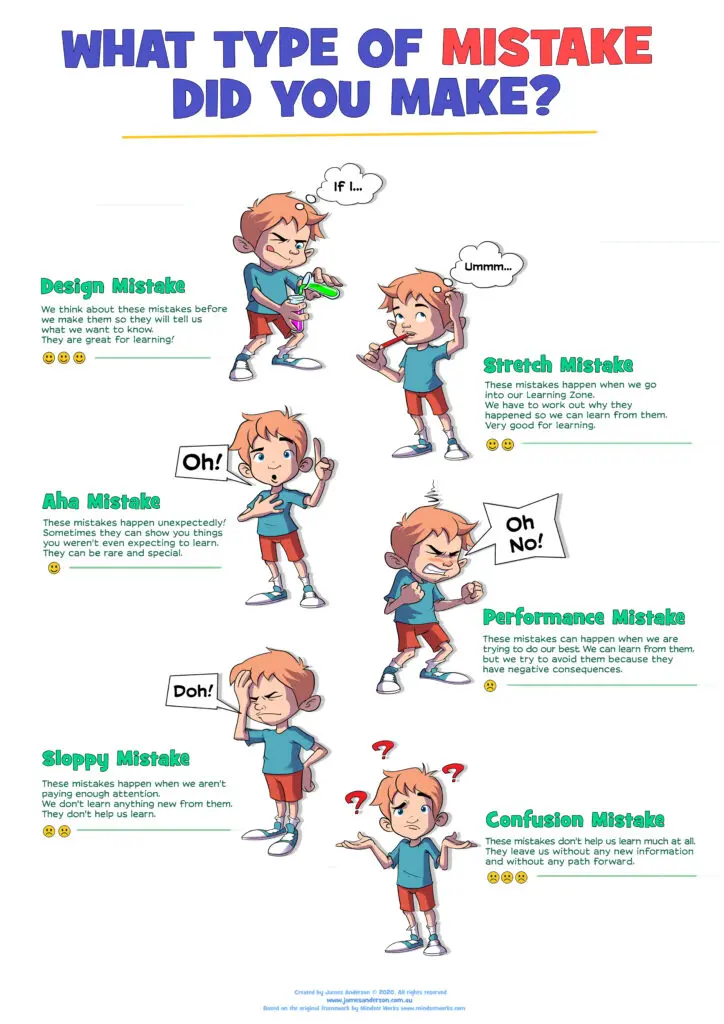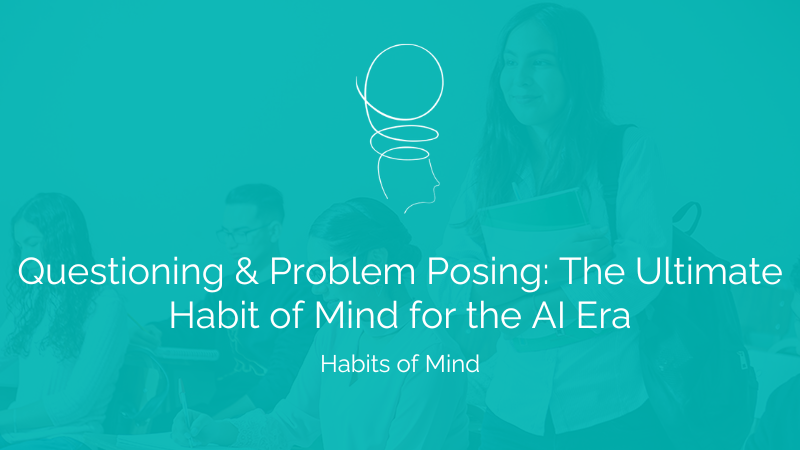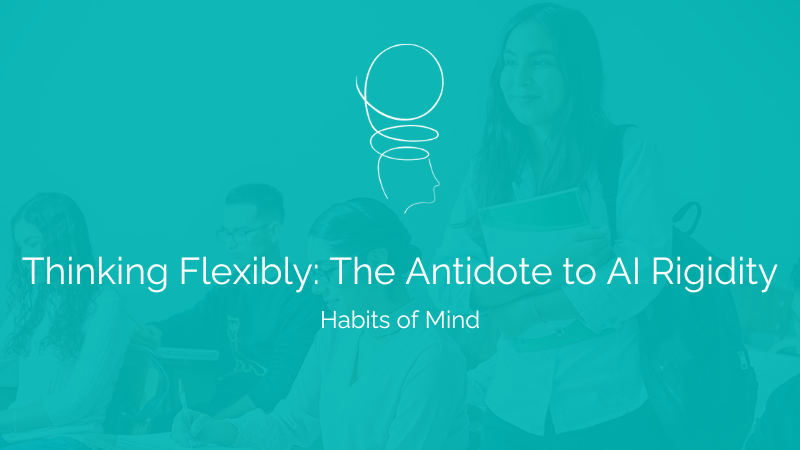Don’t be afraid to make mistakes—that’s how we learn!
How many times have we offered this encouragement to our students? Yet despite our reassurances, many learners continue to avoid situations where they might make errors. Why does this well-intentioned advice often fall flat?
Because it misdiagnoses the problem. Students don’t fear mistakes themselves—they fear the consequences of those mistakes.
The Real Problem with Mistakes
In traditional learning environments, the consequences of mistakes can include:
- Feeling embarrassed in front of peers
- Receiving lower grades
- Being judged as less capable
- Disappointing teachers or parents
- Having their identity as a “good student” threatened
When we tell students “don’t be afraid to make mistakes” without addressing these consequences, we’re asking them to ignore very real concerns. It’s like telling someone “don’t worry about falling” while they’re walking across a pit of spikes.
Not All Mistakes Are Created Equal
This insight connects to my work on different types of mistakes. Not all mistakes have the same value for learning:
- Stretch Mistakes occur when we’re working at the edge of our ability
- Design Mistakes are intentional experiments to test ideas
- Aha Mistakes reveal misconceptions we didn’t know we had
- Sloppy Mistakes happen from carelessness and provide little learning value
- Performance Mistakes occur when executing something we know how to do
- Confusion Mistakes stem from fundamental misunderstanding
When students are in their Learning Zone, stretch, design, and aha mistakes are incredibly valuable. They provide the information needed to refine understanding and build capability. But these mistakes only have value when the learning environment actually treats them as valuable—not as failures to be penalized.
Performance mistakes, on the other hand, should be minimized. These occur when we’re in our Performance Zone, executing skills we’ve already mastered. The problem arises when students treat all mistakes as if they were performance mistakes, applying the same avoidance to valuable stretch mistakes that they rightfully apply to performance errors.
Creating a Mistake-Informed Environment
So what does this mean for classroom practice?
- Separate practice from assessment. Make it clear when students are in the Learning Zone (where mistakes are expected and valued) versus the Performance Zone (where accuracy matters).
- Change how you respond to mistakes. Instead of “That’s incorrect, the answer is…” try “That’s interesting—what led you to that conclusion?” or “That’s a stretch mistake that gives us new information. What can we learn from it?”
- Teach the taxonomy of mistakes. Help students understand the different types of mistakes and their value. This nuanced understanding prevents them from treating all errors as equally problematic.
- Showcase the value of mistakes. Regularly highlight specific examples of how mistakes led to improved understanding or performance.
- Design for mistakes. Create activities where making certain types of mistakes is part of the process, making them expected rather than alarming.
- Eliminate penalties for Learning Zone mistakes. Ensure your grading and feedback practices don’t punish students for the very mistakes that drive their learning.
The goal isn’t to make learning “safe” in the sense of removing all challenges. It’s to change our relationship with mistakes—to see them not as failures to be avoided but as information to be leveraged, while maintaining appropriate standards in the Performance Zone.
The Subtle Messages We Send
Our responses to mistakes send powerful messages. Consider these alternatives:
Instead of: “No, that’s wrong. The correct answer is…” Try: “That’s a common stretch mistake that gives us useful information. Let’s look at your thinking.”
Instead of: “Be careful not to make mistakes on the test.” Try: “On the test, you’ll be in Performance Zone. Before then, let’s use stretch mistakes to strengthen your understanding.”
Instead of: “Try not to make the same mistake again.” Try: “What did you learn from that mistake that you can apply next time?”
How do you help students value mistakes in your classroom? What strategies have you found effective for changing how learners perceive errors?
This post is part of the “From a Safe Place to a Growth Place” series, exploring how our language and approaches shape student attitudes toward difficulty and growth. For more on developing powerful learners, check out my book “Learnership.”




